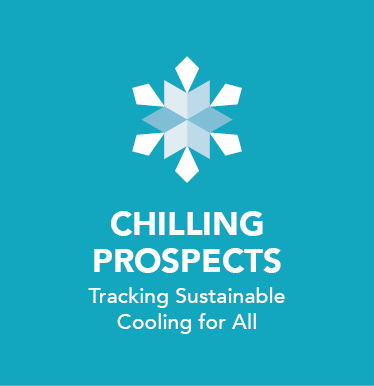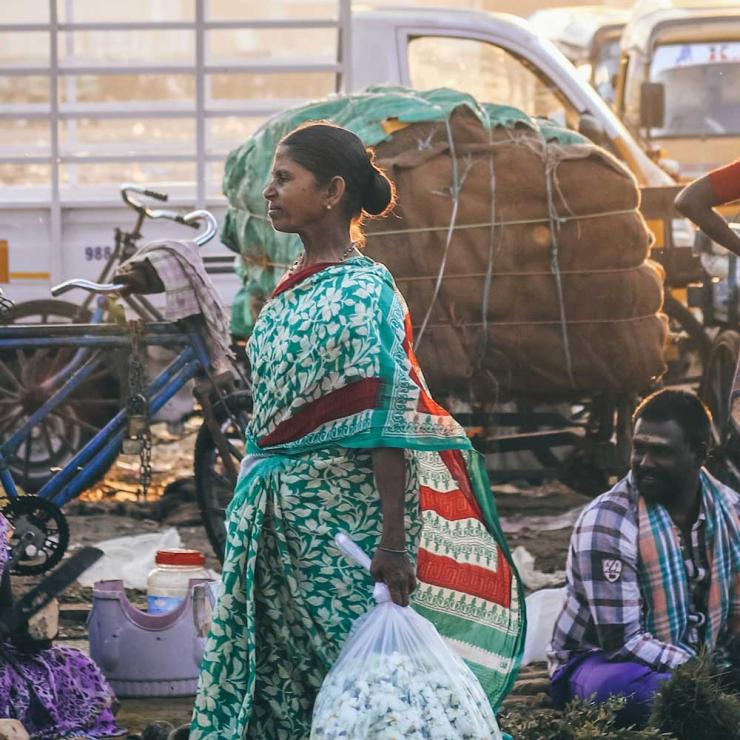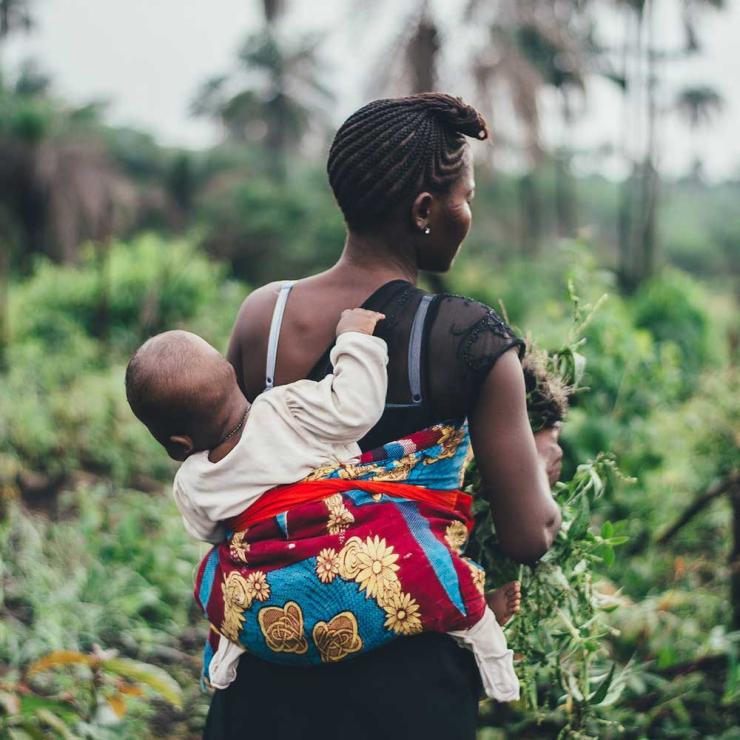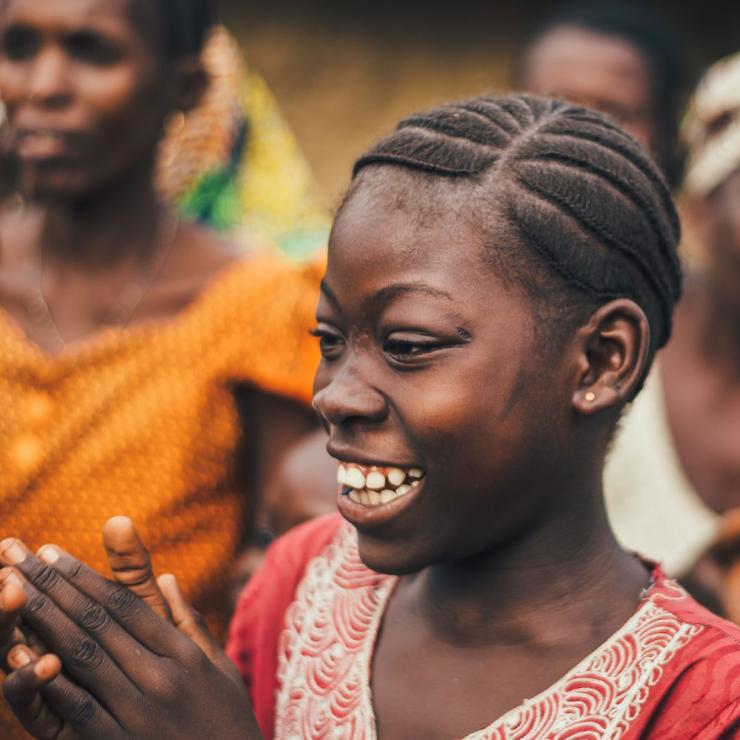Chilling Prospects Special: Gender and Access to Cooling
Chilling Prospects 2023 is undertaking a ground-breaking analysis to bring attention to gender in sustainable cooling policies and programmes.
This initial effort is the tip of the iceberg in Sustainable Energy for All’s (SEforALL’s) attempt to mainstream gender in the global tracking of populations at risk of lacking access to cooling. The work provides an overview of the factors of vulnerability that put poor women and men in an increasingly dangerous position due to the gender-related challenges for equitable access to cooling. These were presented in SEforALL’s previous research, Cooling for All and Gender: Towards Inclusive, Sustainable Cooling Solutions. The analysis serves as a reminder that equitable access to cooling is necessary to realize the 2030 Agenda.
SEforALL’s Chilling Prospects: Tracking Sustainable Cooling for All 2022 estimated that 1.17 billion people in poor rural and urban areas across 54 high-impact countries are at high risk because they lack access to cooling. Initial findings suggest that in 2022 more than 719 million poor rural and urban women and 448 million men in the same category were at high risk in these countries when considering sex-disaggregated data.
The Chilling Prospects 2023 analysis revised figures utilized for the 2030 forecast on the basis of newly available data on poverty, including the World Bank’s revision of the international poverty line from USD 1.90 to USD 2.15 per day and improvements in data availability for India and several West African countries. For the most up-to-date estimates of sex-disaggregated data, please visit Chilling Prospects 2023.
SEforALL acknowledges with gratitude the financial and technical assistance provided by the Austrian Development Cooperation and the Swiss Agency for Development and Cooperation that made this Chilling Prospects Special possible.
Next
Cooling access gapsNotes and references
High-impact countries
High-impact countries are those expected to experience sustained high temperatures, which also have significant populations at high risk from a lack of access to cooling due to poverty and electricity access gaps: Algeria, Angola, Argentina, Bangladesh, Benin, Bolivia, Brazil, Burkina Faso, Cambodia, Cameroon, Chad, China, Congo, Rep., Cote d'Ivoire, Djibouti, Dominican Republic, Egypt, Eritrea, Eswatini, Gambia, The; Ghana, Guinea, Guinea-Bissau, India, Indonesia, Iran, Iraq, Lao PDR, Liberia, Malawi, Mali, Mauritania, Morocco, Mozambique, Myanmar, Namibia, Niger, Nigeria, Pakistan Papua New Guinea, Paraguay, Peru, Philippines, Senegal, Somalia, South Sudan, Sri Lanka, Sudan, Thailand, Timor-Leste, Togo, Uganda, Vietnam, Yemen.
Critical 9
The Critical 9 are the countries with the largest number of people at high risk: India, China, Indonesia, Pakistan, Bangladesh, Nigeria, Mozambique, Sudan, Brazil.
Related content
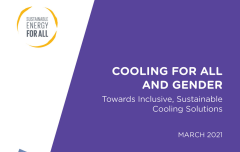
Knowledge brief
30 Mar 2021
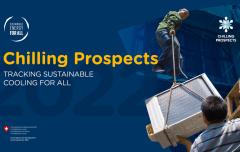
Research
17 May 2022

Data analysis
15 Nov 2022
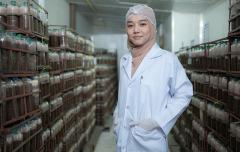
Data analysis
24 Jul 2025

